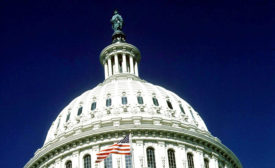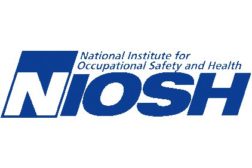Home » Keywords: » occupational safety and health research
Items Tagged with 'occupational safety and health research'
ARTICLES
Editor's Note
“Our Savior Has Arrived” once said safety pros. That was long ago.
Read More
From the NIOSH Director's desk
Twenty years and counting: World-class research from the “L” building
October 7, 2016
From the Director's desk
NIOSH Disaster Science Research Initiative to enhance responder safety and health
April 4, 2014
Never miss the latest news and trends driving the safety industry
eNewsletter | Website | eMagazine
JOIN TODAYCopyright ©2024. All Rights Reserved BNP Media.
Design, CMS, Hosting & Web Development :: ePublishing



